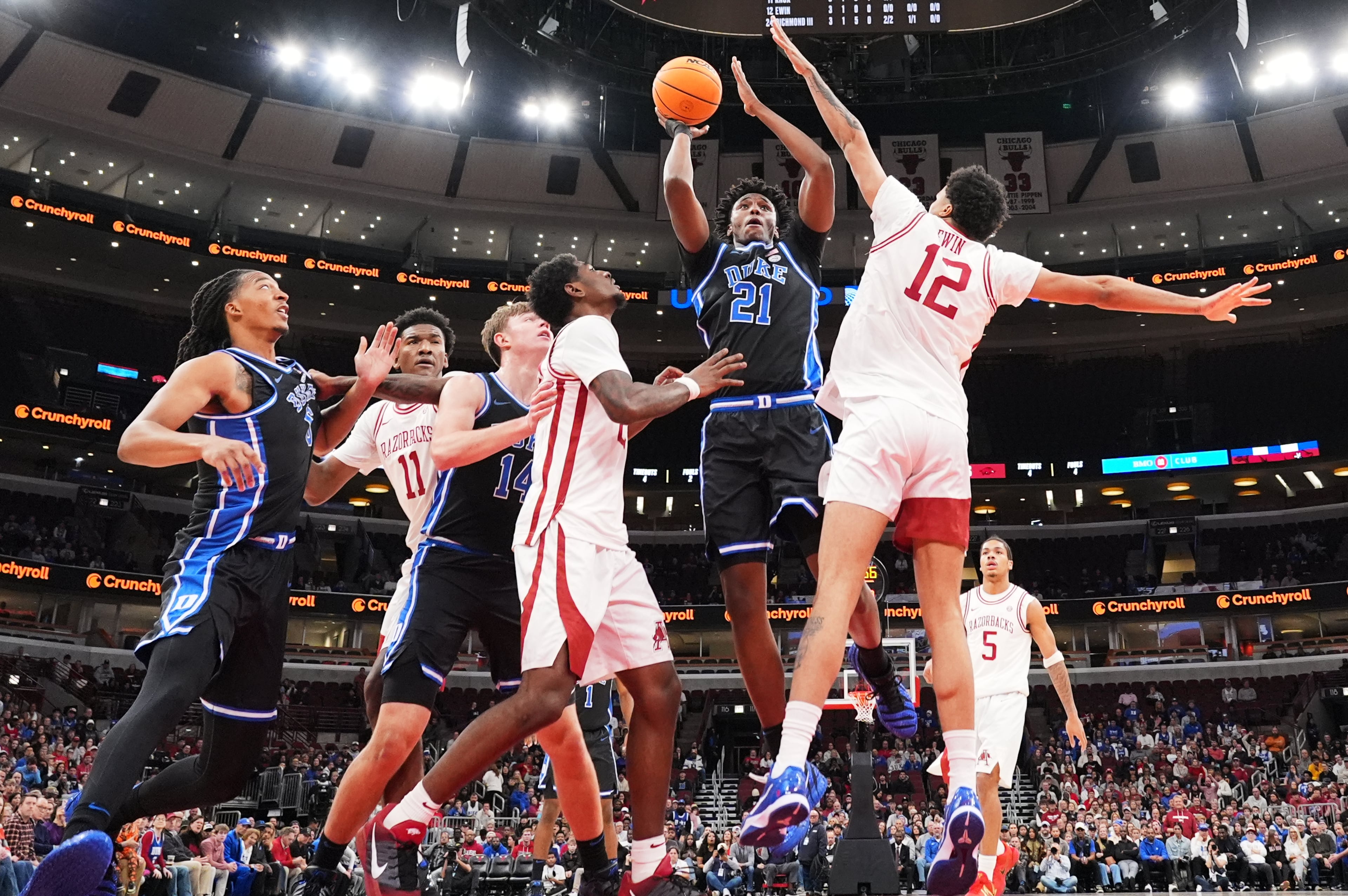SEC’s Greg Sankey vows ‘responsible’ use of power over college sports
SEC commissioner Greg Sankey took issue with indirect criticism from his ACC and Big 12 counterparts. How dare they suggest that Sankey and Big Ten partner Tony Petitti make decisions in the best interest of their leagues to the detriment of college football overall?
“I don’t need lectures from others about the good of the game,” Sankey said at the start of the SEC spring meetings in May.
The critics were right, of course. Sankey and Petitti do use the power vested in them by running the richest football leagues to make decisions that are good for conferences and bad for the game. Sankey and Petitti aren’t commissioners of college football. They are paid to look out for the interests of their leagues.
Sankey’s bruised feelings about criticism from ACC commissioner Jim Phillips and Big 12 commissioner Brett Yormark apparently no longer are an issue. He opened the SEC media days in downtown Atlanta on Monday with a more conciliatory tone for other commissioners. Sankey went down a long list of issues facing college sports, including the College Football Playoff format, then added: “We also have to work effectively together as conference leaders.”
“I think in (NCAA) Division I, we all have a responsibility to work with commissioners from all 32 all-sports conferences,” Sankey said. “There’s going to be disagreement. There’s vast differences in competitive and economic realities and attendance realities around those programs, but we do spend a great bit of time in dialogue.”
And once the talking is done, Sankey and Petitti drive the decisions that benefit their leagues above all. Cash rules everything in college athletics. Football makes the most of it. The majority of the most valuable football programs belong to the SEC and Big Ten. So, the commissioners of those leagues will have the most say about changes at the sport’s top level.
Sankey has a lot on his plate in that regard. There’s the future format of the CFP. There’s implementing the terms of the House v. NCAA settlement, which, for the first time, allows schools to directly pay athletes. Sankey said the question he hears most from fans is what college sports leaders plan to do about the transfer portal.
Sankey made a point of noting that it’s not on commissioners to make the new system work.
“The burden is shared by presidents and chancellors, athletics directors and coaches,” Sankey said. “It’s also shared by those around our programs. I’ve asked repeatedly in conference meetings if we don’t want any limits or any structure, just let me know. Then the phone stops ringing.
“But, over and over again in meeting rooms, the desire has been for a structure. So we are implementing a structure, even with some bumps in the road. We need to commit to that structure.”
For college sports leaders, “structure” usually means figuring out a way to limit the rights of athletes without ending up in legal trouble again. Already, there is potential trouble brewing with one part of that structure.
The House settlement allows name, image and likeness deals for athletes so long as they serve a “valid business purpose.” Last week, the newly formed College Sports Commission sent letters to athletic directors informing them that it had rejected NIL deals between athletes and collectives that accept money from donors. In response, a lawyer for the plaintiffs wrote a letter to the commission accusing it of violating the terms of the settlement and vowed to take the issue before a judge if the CSC didn’t retract the decision.
“We’ll have the right kind of communication with the authors of the letter and communicate and educate on why we think we have the right perspective to begin with,” Sankey said.
The courtroom is the only place where the SEC and Big Ten don’t usually get their way. When it comes to college sports governance, the Power Four schools are driving the bus, with SEC and Big Ten members taking the wheel when they don’t like the direction. The CFP format is evidence of that.
Last year, the seeding system for the first year of the 12-team field awarded a bye to the four highest-ranked conference champions. Boise State and Arizona State received byes over teams ranked above them in the final CFP poll, including two each from the SEC (Texas and Tennessee) and Big Ten (Penn State and Ohio State).
After the season, a CFP committee announced that seedings for this season’s playoff would be based on the final CFP rankings. Phillips and Yormark voted for that change even though the previous format benefited their conferences. They said they did so in the “best interests of the sport,” implying that Sankey and Petitti aren’t doing that when they make changes that benefit their leagues.
It’s more likely that Phillips and Yormark voted for the new seeding because they knew it was a losing battle. Last year, the CFP governing board gave the Big Ten and SEC control over the future format of the CFP so long as they have “meaningful consultation” with the other conferences and ESPN. Sankey and Petitti will have a big say in what the CFP will look like from 2027 through 2032, so by conceding on seeding now, Phillips and Yormark might gain some good to make it easier to push for other changes later.
Sankey said he plans to be “responsible” with the authority granted by the CFP agreement but added that “we don’t need unanimity.”
“Ultimately, if (there’s) not, there’s a level of authority granted to the Big Ten and the SEC together, but there’s a lot to that,” Sankey said. “It’s not ‘you just show up and pound your fist and something happens.’ I hope that type of narrative can be reduced, but we’ll keep talking.”
Sankey and Petitti reportedly are considering a 16-team playoff that would include eight bids for SEC and Big Ten teams. Sankey said he’s not yet committed to a 16-team field. A bracket with half the teams from two conferences certainly wouldn’t be in the best interest of college football, but Sankey’s job is to look after the best interests of his league.


